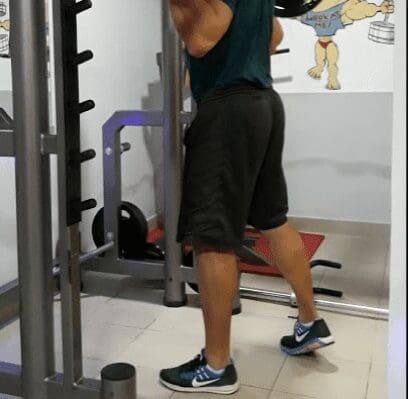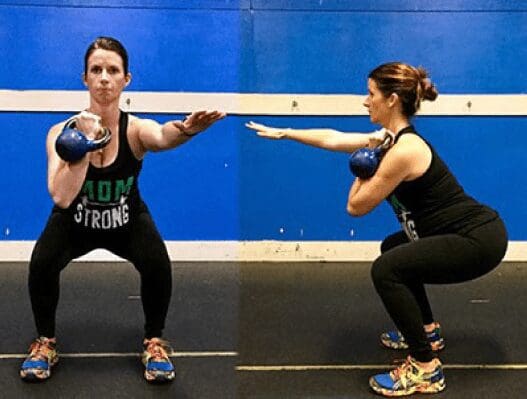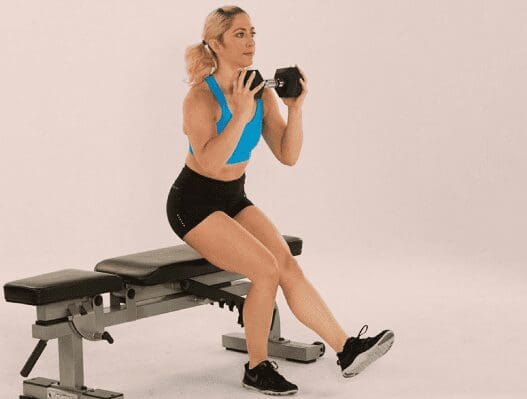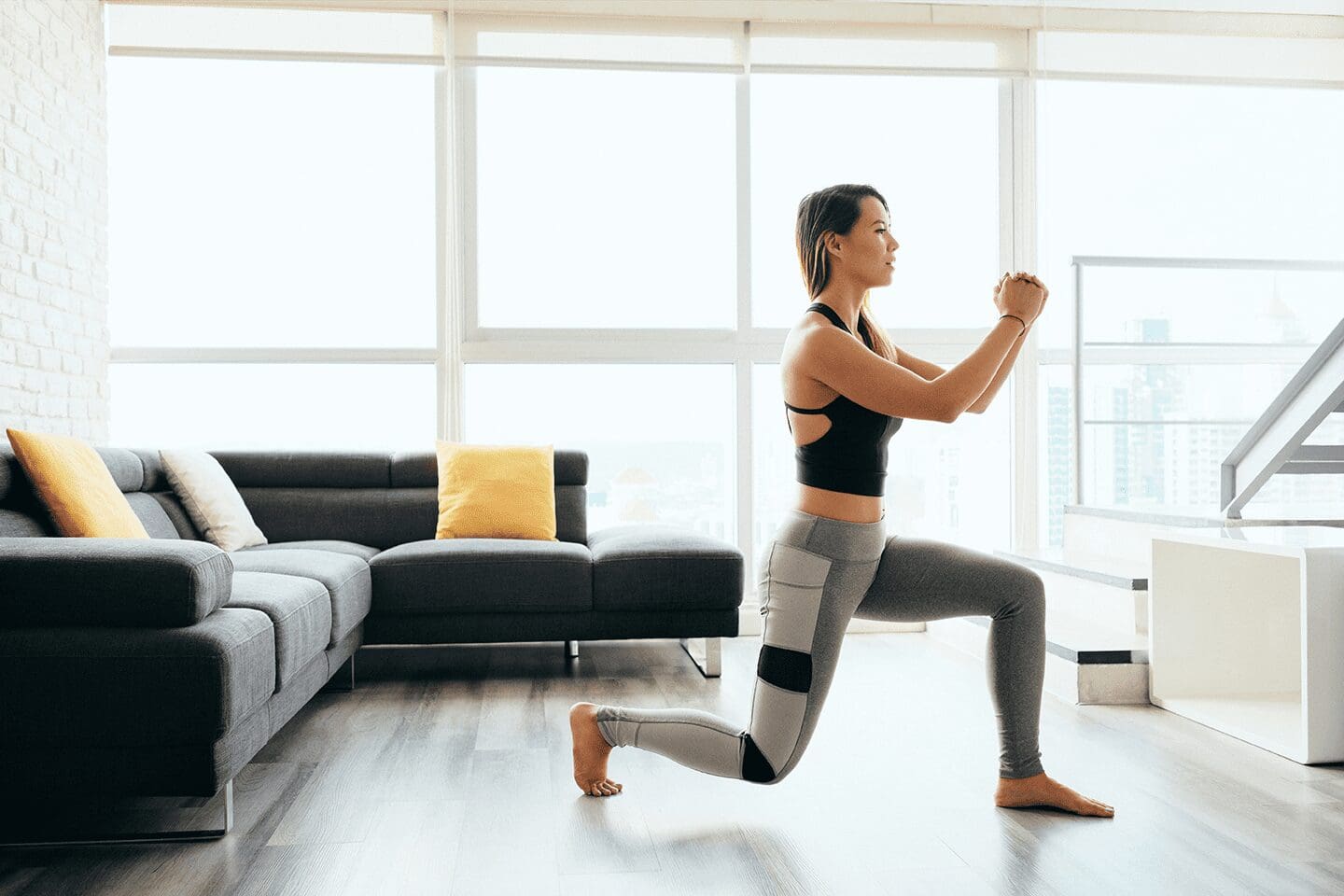Squats – everyone’s favourite exercise. Progression – not everyone’s favourite word to hear, especially not when you’re in class, doing your final round. “Progression” means to increase intensity of an exercise, whether that be through adding weight, reps or simply making the movement harder.
Today we’re going to discuss how to master the body weight squat and how to push it a little bit further, without adding a 300lb barbell. We’ll look at a few different ways to increase the intensity of squats, the progressions below can be used one at a time or you can get creative by trying to add a few of them together! As always, take some photos and tag us to show off your moves!
Traditional Bodyweight Squat
If you are unsure of your squatting abilities, head on over to a nearby chair and stand in front of it as if you’re preparing to sit down. Now, move your feet apart until they are just a bit further than shoulder width. Sit down onto the chair and stand back up, then sit down just until you can barely feel the chair under you and stand back up. Rinse and repeat about five more times and voila, congratulations on your squat! Now let’s give you some options to make that harder.
Tempo
A basic way to make your squats harder is to slow that puppy down! Try adding a two second pause at the bottom or taking five seconds to sit into that squat and five seconds to get back out. It doesn’t need to be fancy to be difficult!
Sprinter Stance

Sprinter Stance is an example of what’s called an “off-set stance”, which simply means your feet are going to be in different places or positions. This puts more (but not necessarily all) of the load on one leg, making it harder! Other options for off-set stance include the split squat or Bulgarian split squat, with the back foot up on a bench or chair in a single leg squat.
To get into a sprinter stance, line up the toes on one foot with the heel on the other and put your feet shoulder width apart. Keep your back heel off the ground and slightly point those toes out as you sit down into your squat.
Remember that one leg is working harder here, so you’ll need to do the same amount of reps on both legs!
Off-set Load

Ahh, the off-set load squat! Simply rest a dumbbell on one shoulder or keep a kettlebell racked on one side. (Or use a household item!) By having a weight on one side of your body rather than both, you can again make it harder to balance and cause more muscles to fire up! Keep form in mind here and really focus on driving both feet into the ground as you stand up to keep even pressure, imagine you’re at the studio and trying to press them right through the floor into the bank!
Keep in mind for this progression that you should have your elbow close to your body at the top, but moving forward as your squat down, as can be seen in the second photo.
Pistol Squat

What you’ve all been waiting for! The pistol squat is of course a very complicated progression of squats, but it doesn’t have to feel impossible! By using a TRX for support and a bench, box or chair behind you to guide how deep you sit, it can be doable from the start.
Another way to have assistance in pistol squats is to hold a weight (or a suitable household item) out in front of you. The further away you keep that weight from your body, the more it will act as a counter-balance and help you with the movement.
That’s all for now! Be sure to try your hand at all kinds of squats and keep an eye out for the upcoming article on how to progress pistol squats! Have fun and happy lifting!
Looking to try some squats in real time with our coaches and community? We’ve got Virtual training tuned in these days. Contact us for more information here.

